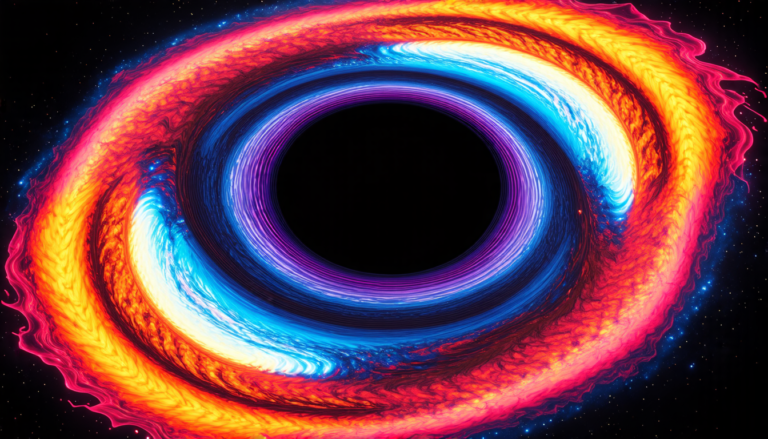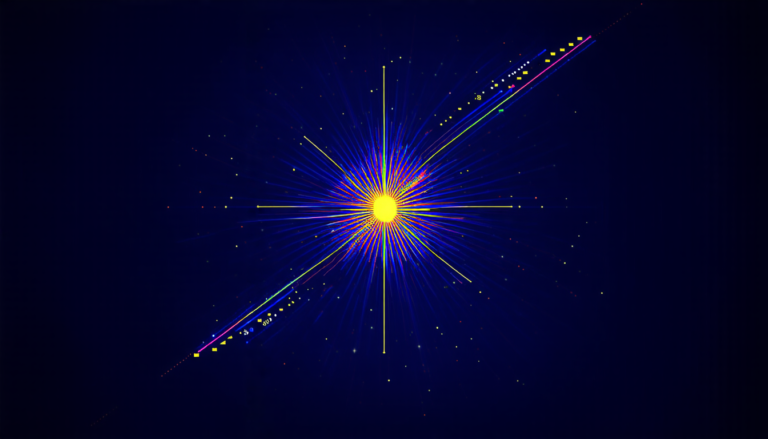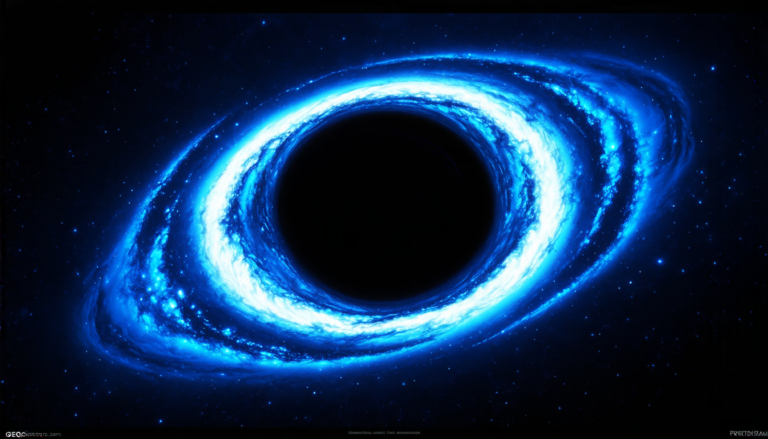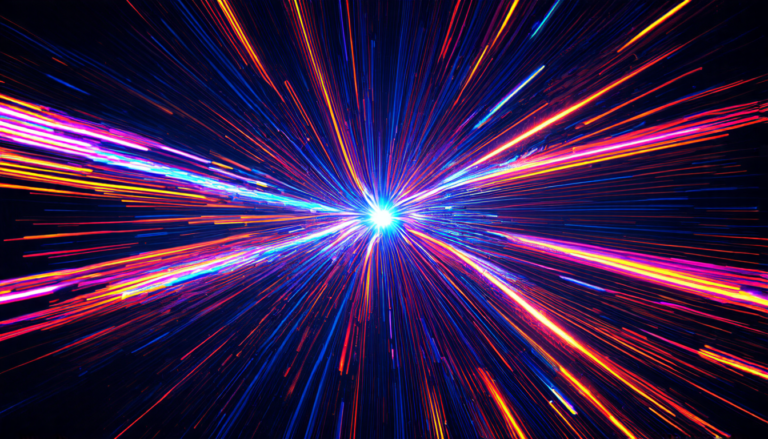Thursday 10 April 2025
Physicists have long been fascinated by the mysteries of the universe, and one of the most intriguing puzzles is the mass of particles like the pion and kaon. These subatomic particles are crucial building blocks of matter, but their masses are still not well understood.
To tackle this problem, researchers used a powerful tool called lattice QCD, which allows them to simulate the behavior of particles at the quantum level. By creating virtual universes with different properties, they can study how particles interact and behave under various conditions.
In this latest study, scientists simulated the masses of pions and kaons using lattice QCD on some of the world’s most powerful computers. They focused on a specific region of interest – the quark masses that determine the mass of these particles. By analyzing the data from their simulations, they were able to calculate the masses with unprecedented precision.
The results are impressive: the researchers were able to determine the masses of pions and kaons with an accuracy of better than 1%. This is a significant improvement over previous estimates, which had errors ranging from 5% to 10%.
But what does this mean for our understanding of the universe? In short, it’s a major step forward in our quest to understand the fundamental nature of matter. By precisely calculating the masses of pions and kaons, scientists can better understand how these particles interact with each other, which has implications for everything from particle colliders to cosmological simulations.
Moreover, this study highlights the incredible power of lattice QCD as a tool for simulating complex phenomena. By leveraging the capabilities of supercomputers, researchers can create virtual universes that mimic the behavior of real-world particles and forces. This allows them to explore regions of parameter space that would be impossible to access experimentally.
The implications are far-reaching: this technique could be used to study a wide range of particle physics phenomena, from the properties of dark matter to the behavior of quarks and gluons in high-energy collisions. In short, it’s an exciting time for particle physicists, who are rapidly advancing our understanding of the universe through innovative computational methods.
The researchers’ findings have already sparked new interest in lattice QCD, with many scientists eagerly awaiting the next generation of simulations that will further refine our understanding of the universe. As we continue to push the boundaries of what’s possible with computing power and algorithms, we may yet uncover even more secrets about the fundamental nature of reality itself.
Cite this article: “Unlocking the Secrets of Quark Matter: A New Era in Lattice QCD Calculations”, The Science Archive, 2025.
Particle Physics, Lattice Qcd, Pions, Kaons, Mass, Quark Masses, Supercomputers, Simulations, Particle Colliders, Cosmological Simulations







